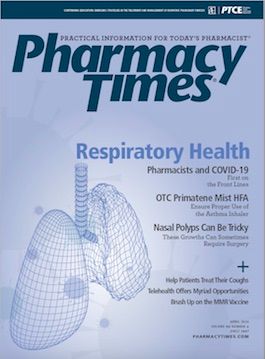Publication
Article
Pharmacy Times
Study: Household Exposure to Varicella Reduces Risk of Shingles in Adults
Author(s):
The investigators identified patients with a first-ever diagnosis of zoster who also had a child in the household with a varicella record.
Exposure to a household contact with varicella, commonly known as chickenpox, results in modest but long-lasting protective effects against contraction of varicella zoster virus, according to the results of a recent study.
The self-controlled case series analysis used data from the UK Clinical Practice Research Datalink. The investigators identified patients with a first-ever diagnosis of zoster who also had a child in the household with a varicella record. The primary outcome was a first-ever episode of acute zoster.
Overall, 9604 adults with zoster were exposed to a child contact with varicella during the study period, of whom 39 (0.4%) received a diagnosis of zoster in the hospital. The median age at the first zoster diagnosis was 41.1 years and at first known exposure to varicella was 38.3 years. In total, 118 (1.2%) of patients were severely immunosuppressed at the time of exposure to varicella.
After investigators adjusted for the confounding effects of age, data showed exposure to a household contact with varicella was associated with a reduced risk of zoster among adults for up to 20 years. Specifically, adults were 33% less likely to develop zoster within 2 years of exposure to varicella than during unexposed time. Between 10 and 20 years after exposure to a varicella contact, adults were 27% less likely to develop zoster.
Although the findings cannot be used to justify for or against specific vaccination schedules, the authors noted that the previous results, which assumed complete immunity for 2 to 20 years, may need revision.
REFERENCE
Forbes H, Douglas I, Finn A, et al. Risk of herpes zoster after exposure to varicella to explore the exogenous boosting hypothesis: self controlled case study using UK electronic healthcare data. BMJ. 2020;368:l6987. doi: 10.1136/bmj.l6987.







